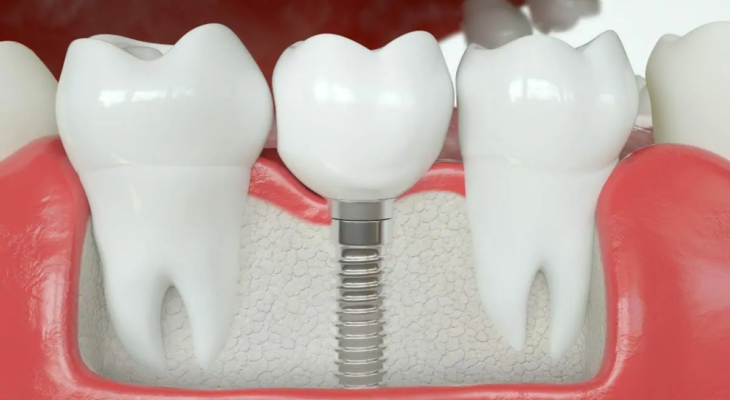
As advancements in dental technology continue to progress, patients have access to a wide range of restorative treatments. Two popular options for restoring damaged or missing teeth are dental crowns and dental implants. Both of these solutions offer distinct benefits and are commonly utilized in dental practices like Tomken Dental. In this blog post, we will delve into the differences between dental crowns and dental implants, shedding light on their unique characteristics, applications, and considerations.
Dental Crowns
Dental crowns, also known as dental caps, are prosthetic coverings that encase damaged or weakened teeth. They are custom-made to match the shape, size, and color of your natural teeth, ensuring a seamless blend with your smile. Here are some key points to understand about dental crowns:
Purpose: Dental crowns primarily serve to restore the strength, shape, and appearance of a single tooth that has suffered extensive decay, fracture, or undergone root canal therapy.
Procedure: The process involves preparing the tooth by removing a small portion of the enamel, making space for the crown. Impressions of the tooth are taken, and a temporary crown is placed while the permanent crown is fabricated in a dental laboratory. During the final appointment, the custom crown is cemented onto the tooth.
Material Options: Dental crowns can be crafted from various materials, including porcelain, metal alloys, porcelain-fused-to-metal (PFM), or zirconia. Each material has its own advantages in terms of aesthetics, strength, and durability.
Dental Implants
Dental implants are a sophisticated solution for replacing missing teeth. They consist of a titanium post that is surgically placed into the jawbone, providing a sturdy foundation for a replacement tooth or crown. Let’s explore the key aspects of dental implants:
Purpose: Dental implants are used to replace one or more missing teeth. They offer a permanent and natural-looking solution that closely mimics the function and appearance of natural teeth.
Procedure: The implant procedure involves multiple stages. Firstly, the implant post is placed into the jawbone and allowed to fuse with the surrounding bone over several months. Once the implant has integrated successfully, an abutment is attached to the post, which acts as a connector between the implant and the prosthetic tooth or crown. Finally, a customized crown or bridge is placed on the abutment, completing the restoration.
Longevity and Stability: Dental implants are renowned for their durability and longevity. With proper care and oral hygiene, they can last a lifetime. Moreover, implants offer exceptional stability and functionality, allowing patients to eat, speak, and smile with confidence.
In summary, dental crowns and dental implants are two distinct restorative options that address different dental concerns. Dental crowns are ideal for preserving and strengthening compromised teeth, while dental implants serve as a reliable solution for replacing missing teeth. Consulting with an experienced dental professional, such as the team at Barton Dental, is essential to determine the most suitable treatment plan for your specific dental needs. Whether you require a crown or an implant, both options can help restore your smile and improve your oral health for years to come.
To book your next appointment with Barton Dental, simply call us at 866-317-7498, email us at [email protected], or visit our website www.bartondental.ca. Our experienced receptionists are ready to assist you with scheduling your appointment. Choose the option that works best for you and get started on your path to excellent dental care.

